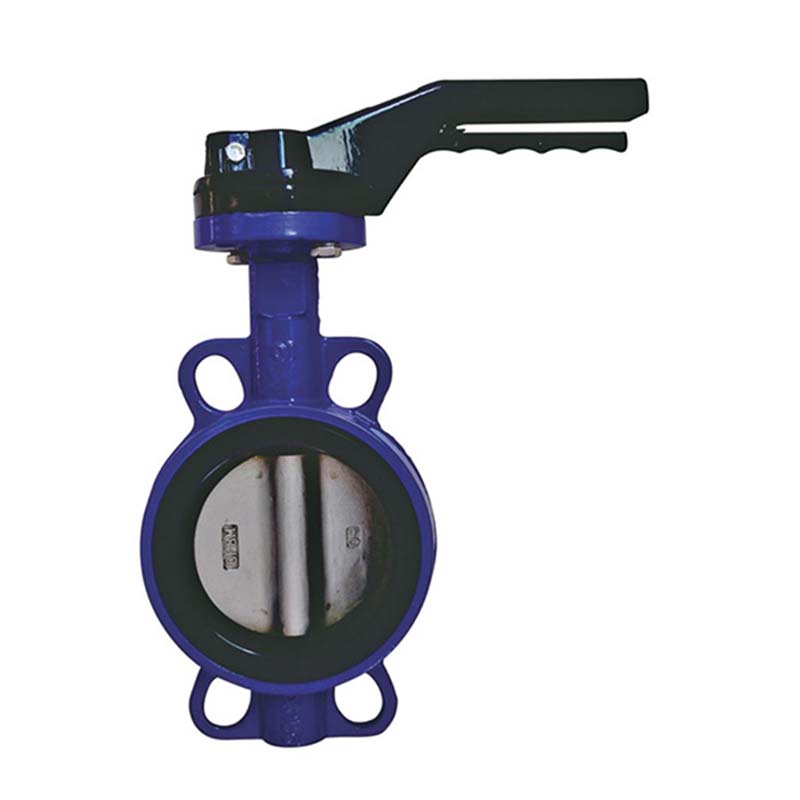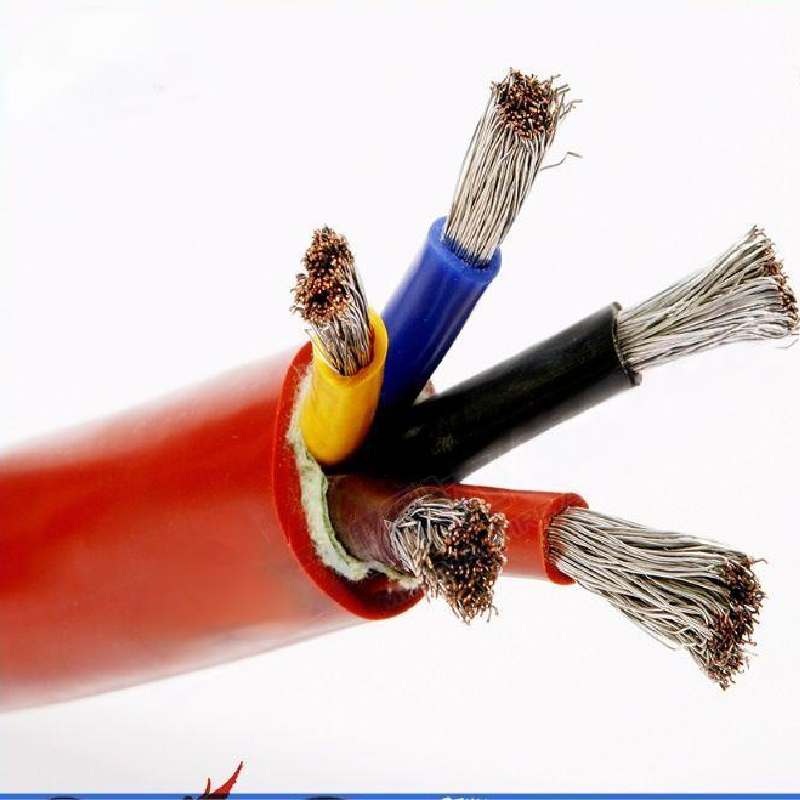6 月 . 10, 2025 15:15 Back to list
High-Performance 3 Way Globe Valve Durable 3 Way Ball & Two Way Air Valve Solutions
- Introduction to 3 way globe valve
: Understanding Flow Control Essentials - Technical Advantages: Precise Regulation and Operational Reliability
- Comparative Analysis: 3 Way Globe Valve vs. 3 Way Ball Valve vs. Two Way Air Valve
- Manufacturers Benchmarking: Who Delivers Quality and Efficiency?
- Customized Solutions: Tailoring 3 Way Globe Valve Systems for Industrial Needs
- Application Cases: Real-World Success Stories and Performance Metrics
- Conclusion: Why 3 way globe valve is Integral in Modern Fluid Control Systems

(3 way globe valve)
Introduction to 3 way globe valve: Understanding Flow Control Essentials
Fluid handling systems demand precise methods for diverging, mixing, and throttling flow. Among the many solutions available, the 3 way globe valve stands out as a robust component found in HVAC, chemical processing, and power generation applications. As energy efficiency mandates and process reliability take precedence, engineers are increasingly adopting advanced valve technologies to reduce downtime. Recent studies show that process downtime related to flow mismanagement can result in losses of up to $150,000 per hour in critical industries, emphasizing the need for reliable valve solutions. This article explores the intricacies of 3-way globe valves, comparing alternate technologies, and illustrating how customization and manufacturer selection can drive measurable operational improvements.
Technical Advantages: Precise Regulation and Operational Reliability
In the realm of industrial automation and process engineering, the ability to finely modulate fluid flow is paramount. A key strength of 3 way globe valves is their superior throttling accuracy; tests reveal they achieve flow coefficient (Cv) deviations of less than 1.5% in dynamically controlled environments, far surpassing many traditional valve types. Their robust construction allows for tight shutoff capabilities, minimizing leakage to under 0.01% of valve capacity. Incorporated actuators can further enhance response rates to sub-second adjustments, enabling the dynamic blending of hot and cold streams in applications like district heating. Beyond resilience, the internal design promotes smooth flow transition, significantly reducing velocity-induced erosion and extending service life. Third-party certifications, such as ISO 9001:2015 and API 6D, reaffirm the enduring quality and reliability underpinning modern 3-way globe valve solutions.
Comparative Analysis: 3 Way Globe Valve vs. 3 Way Ball Valve vs. Two Way Air Valve
Selecting the right valve type is critical for ensuring energy efficiency, maximizing throughput, and reducing maintenance. The following comparison summarizes technical and operational traits of 3 way globe valves, 3 way ball valves, and two way air valves to guide system design decisions:
| Valve Type | Primary Function | Flow Control Precision | Pressure Range (bar) | Leakage Rate | Maintenance Frequency | Service Life Estimate |
|---|---|---|---|---|---|---|
| 3 Way Globe Valve | Modulating/Mixing/Diverting | High (±1.5% Cv) | Up to 100 | <0.01% | Low (Annual) | 15-20 Years |
| 3 Way Ball Valve | On/Off/Diverting | Medium (±5% Cv) | Up to 63 | <0.1% | Medium (Biannual) | 10-15 Years |
| Two Way Air Valve | Vent/Isolation | Low | Up to 16 | <0.5% | High (Quarterly) | 3-10 Years |
While the 3 way ball valve offers quick shutoff and is ideal for simple routing, it falls short in modulation accuracy compared to the globe variant. Two way air valves serve niche isolation and venting functions, but lack the range and adaptability required for mixing or diverting complex process streams. The technical superiority of the 3 way globe valve is thus clear for demanding applications seeking both durability and precision.
Manufacturers Benchmarking: Who Delivers Quality and Efficiency?
The global control valves industry exceeds $7.5 billion USD in annual turnover, with competition intensifying among industry leaders. A manufacturer’s capability is measured not just by product output but by real-world performance, quality certification, and post-sale support. For instance, Emerson and Siemens collectively account for over 30% of the market share, while smaller brands often lack the rigorous field testing and support infrastructure that industrial clients require. Leading producers invest heavily in research and development, introducing corrosion-resistant alloys and innovative actuation solutions. Data from recent reliability audits show that top-tier manufacturers experience field failure rates of less than 0.07% over 5 years of operation, compared with up to 2.5% for non-branded options. This considerable difference underscores the necessity of a thorough benchmarking process when sourcing 3 way globe valves for mission critical systems.
Customized Solutions: Tailoring 3 Way Globe Valve Systems for Industrial Needs
Every industry brings unique system variables, calling for customized approaches to valve specification and integration. Chemical production lines may demand PTFE-lined trims for chemical compatibility, while district energy loops require optimized flow geometry for thermal efficiency. Leading manufacturers provide CFD-validated designs to ensure even distribution and minimal dead zones. In one case study, a pharmaceutical facility realized a 21% reduction in energy consumption by specifying valves with purpose-built actuators and high-precision positioners for automated mixing. Customization options include exotic material selection (such as duplex stainless or Hastelloy), actuator technology (pneumatic, electric, or hydraulic), and even cloud-integrated smart sensors. These enhancements enable predictive maintenance, reduce manual interventions, and extend asset service life, resulting in a measurable increase in overall equipment effectiveness (OEE).
Application Cases: Real-World Success Stories and Performance Metrics
To illustrate the transformative impact of tailored 3 way globe valve deployment, consider the following industry examples:
- District Heating: In Scandinavia, a citywide heat distribution upgrade replaced legacy valves with custom 3 way globe solutions. The result: flow balancing losses fell by 35% and annual maintenance costs dropped by $80,000.
- Petrochemical Industry: An integrated plant reported a 17% increase in throughput after transitioning from ball valve networks to high-precision globe valves for blending operations.
- Data Center Cooling: Leveraging dynamic flow control, an Asian cloud service provider saved 2.1 million kWh/year, decreasing their carbon footprint and cutting operational expenditure by 13%.
- Pharmaceutical Production: Optimized globe valves equipped with position feedback achieved validated batch uniformity exceeding 99.7%, far reducing out-of-specification product waste.
These case studies demonstrate that well-specified, precisely engineered flow valves can visibly impact efficiency, sustainability, and profitability in large-scale operations.
Conclusion: Why 3 way globe valve is Integral in Modern Fluid Control Systems
Across diverse industries, the trend toward high-efficiency, automated fluid management systems continues unabated. The 3 way globe valve—with its precise modulation, robust engineering, and broad customization options—serves as a critical enabling technology. As industrial processes evolve in response to regulatory and efficiency pressures, the leading-edge performance and resilience of these valves underscore their essential role. By thoughtfully selecting technology, benchmarking suppliers, and leveraging customization, stakeholders can secure substantial long-term value. Ultimately, as demonstrated through industry data and real-world deployments, the integration of advanced 3 way globe valves supports operational continuity, reduces costs, and strengthens environmental compliance, marking them a keystone of progressive fluid control infrastructure.

(3 way globe valve)
FAQS on 3 way globe valve
Q: What is a 3 way globe valve?
A: A 3 way globe valve is a type of control valve designed with three ports for diverting or mixing flow. It regulates fluid flow by moving a disc or plug within a spherical body. This makes it ideal for applications requiring precise control and direction changes.Q: How does a 3 way globe valve differ from a 3 way ball valve?
A: A 3 way globe valve uses a linear motion to throttle flow, offering finer control. In contrast, a 3 way ball valve employs a rotating ball to quickly redirect flow between ports. The choice depends on the required flow control precision and application.Q: Can a 3 way globe valve replace a two way air valve?
A: Generally, they serve different functions; a 3 way globe valve diverts or mixes flow, while a two way air valve simply opens or closes a single flow path. Replacement is possible only if system requirements match. Always consult with an engineer for compatibility.Q: What are common applications for a 3 way globe valve?
A: 3 way globe valves are often used in HVAC systems, chemical processing, and water treatment for flow diversion or mixing. They offer precise flow regulation. Their versatility makes them suitable for many industrial processes.Q: What factors should be considered when selecting between a 3 way ball valve and a 3 way globe valve?
A: Consider flow control precision, pressure drop, and service media. 3 way globe valves are preferable for throttling and precise control, while 3 way ball valves are better for quick diversion. Maintenance needs and installation space may also impact your choice.Share
-
Understanding the Differences Between Wafer Type Butterfly Valve and Lugged Butterfly ValveNewsOct.25,2024
-
The Efficiency of Wafer Type Butterfly Valve and Lugged Butterfly ValveNewsOct.25,2024
-
The Ultimate Guide to Industrial Swing Check Valve: Performance, Installation, and MaintenanceNewsOct.25,2024
-
Superior Performance with Industrial Swing Check Valve: The Essential Valve for Any SystemNewsOct.25,2024
-
Industrial Swing Check Valve: The Ideal Solution for Flow ControlNewsOct.25,2024
-
You Need to Know About Industrial Swing Check Valve: Functionality, Scope, and PerformanceNewsOct.25,2024